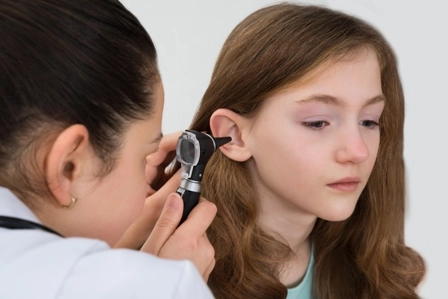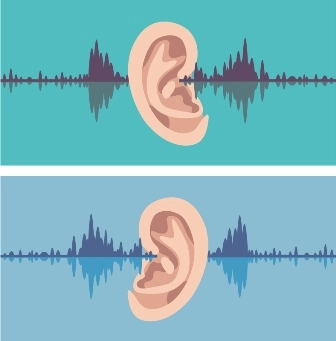Otolaryngology Coding Alert
Stick With a Single Code for Unspecified Sensorineural Hearing Loss
The updated descriptor is basically the same.
One diagnosis that hasn’t had much change in the shift from ICD-9 to ICD-10 is unspecified sensorineural hearing loss.
The ICD-19 code of 389.10 (Sensorineural hearing loss, unspecified) has changed to H90.5 (Unspecified sensorineural hearing loss).
Documentation: It might be appropriate to report H90.5 when you see the following symptoms noted by your physician:
Just the same, never assume. Don’t report sensorineural hearing loss unless your physician specifically states that the patient has the condition.
Coder tips: Suppose a patient had cochlear implant (CI) surgery, and your otolaryngologist performed diagnostic analysis. However, this first surgery failed, and the patient underwent a second surgery. You should report the second round of diagnostic analysis with the same CPT® codes you must have used to report the first one: 92601-92604 (Diagnostic analysis of cochlear implant ...).
You can include either H90.5 or H90.3 (Sensorineural hearing loss, bilateral) with the procedure code to describe the fitting diagnosis for bilateral sensorineural hearing impairment.
CI patients typically require analysis within six weeks postoperatively for the initial fitting. The patient returns periodically during the first year for adjustments to the processor’s stimulus parameters to determine the signals going to surgically implanted electrodes in the cochlea.
Definition: Sensorineural deafness occurs from damage to the inner ear, the nerve that runs from the ear to the brain (auditory nerve), or the brain. This condition is usually due to lesions of the cochlea and the auditory division of the eighth cranial nerve.
Related Articles
Otolaryngology Coding Alert
- Coding Edits:
Newest CCI Pairs Bundle IV Infusions With Thousands of Procedures
But – The changes won’t alter your coding much. The latest version of Correct Coding [...] - Clip N Save:
Let This Chart Help You Keep Inferior Turbinate Codes Straight
Now it’s easy to know how to report each procedure. - Procedure Focus:
Remember 3 Checkpoints for Inferior Turbinate Procedures
Plus: Here’s how to handle middle turbinate coding. The nose has three turbinates (inferior, middle [...] - ICD-10:
Stick With a Single Code for Unspecified Sensorineural Hearing Loss
The updated descriptor is basically the same. One diagnosis that hasn’t had much change in [...] - You Be the Coder:
Coding Grafts During Tympanoplasty
Question: I am confused on the graft codes during tympanoplasty. I know the graft is included [...] - Reader Question:
Choose 69220 for Cholesteatoma Debridement
Question: Our physician debrided a cholesteatoma in the external ear canal. How is this coded? Missouri [...] - Reader Question:
Study Options for Post-Tonsillectomy Hemorrhage Diagnosis
Question: I am having difficulty finding the appropriate ICD-10 code for post-tonsillectomy hemorrhage. What do you [...] - Reader Question:
Mine the Details Before Coding Co-Surgery
Question: I am receiving denials for code 62165 endoscopic pituitary tumor excision when my ENT and [...] - Reader Question:
Laterality and Approach Determine PCS Code for 69436
Question: I can’t find the 2016 ICD-10 PCS code for 69436. Can you help? West Virginia [...] - Reader Question:
Thorough Documentation Can Help Battle Endoscopy Denials
Question: Some of our physicians have been receiving denials for not documenting nasal endoscopies well enough. [...] - Reader Question:
'Diagnostic' Is the Key to Submitting Multiple Scopes
Question: The otolaryngologist performed a direct laryngoscopy, direct bronchoscopy, and rigid transoral esophagoscopy during the same [...]




